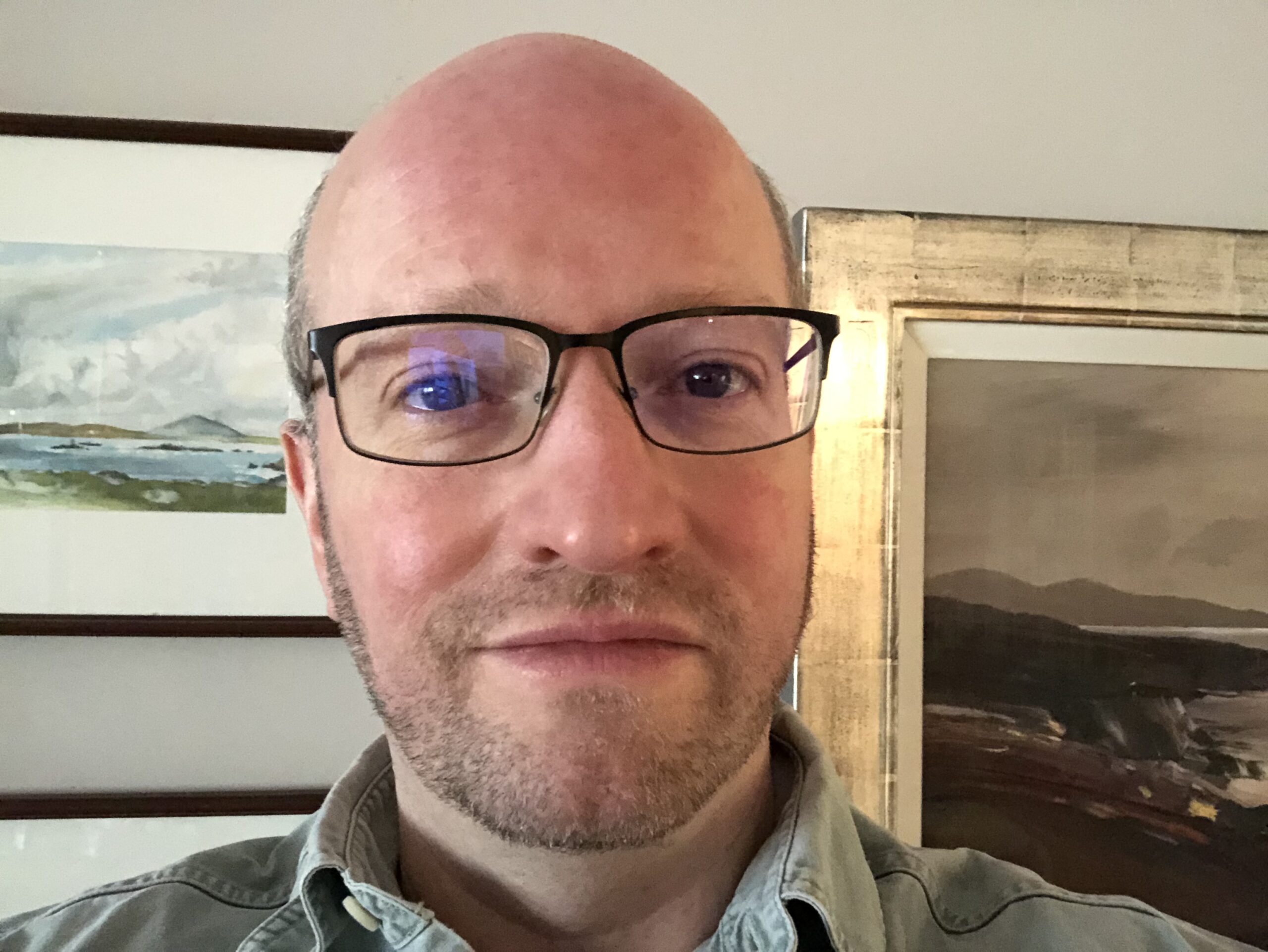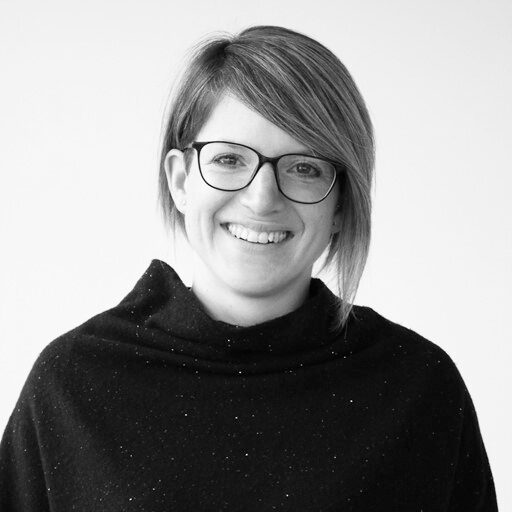How is Open Access affecting small publishers, including learned societies and independent presses? Are they influenced by funder mandates in the same way as bigger publishers? Do they have established relationships with libraries? Are read & publish agreements possible for small presses, or do other business models and initiatives work better?
In this webinar, our guest speakers will share their experiences on these topics and discuss challenges faced in making Open Access a reality.
Short Summary
Last Thursday, we hosted yet another of our inspiring educational webinars – this time under the headline “Open Access Challenges for Small Publishers”!
We welcomed an engaging panel of guest speakers to help us uncover the topic and discuss how Open Access (OA) is affecting small publishers and what challenges they have faced while making OA a reality.
With us were Phillip Kalantzis-Cope, Chief Social Scientist at Common Ground Research Networks (CGRN), James Rice, Partner at White Horse Press, and Toni Gunnison, Journals Manager at University of Wisconsin Press. Our Head of Publisher Relations, Romy Beard, moderated the session and kept track of the audience’s questions.
Phillip Kalantzis-Cope was first in line and shared how CGRN flipped to OA 1.5 years ago and are determined to keep this transition as affordable as possible. Currently, they have 67 journals; 53 are hybrid and 14 are fully OA. They use several different OA business models, the main one being Green OA for all titles, Gold OA for Spanish Language, Hybrid Open Access, Membership, Read & Publish Agreements and Subscribe to Open (S2O). As a small publisher, they are committed to understanding the authors and helping them in their own transition to OA.
However, the challenge is that their editorial and production team is small, and as OA is a major initiative, it provides more work and costs, which Phillip referred to as a Kafkaesque experience. Then there is the competitive landscape in the business and the challenge of figuring out where the small publishers fit in, on top of everything.
Our next speaker, James Rice from White Horse Press, shared how they began their OA journey in 2017 and how they’re moving towards working with equitable Article Processing Charges (APCs) now. They have 5 journals; 4 hybrids, 1 fully OA, 1 new OA journal launching in 2023, and publish 4-5 books/year. Their current OA models consist of Green OA for all journals, APCs in hybrid journals, full sponsorship, and lastly, Subscribe to Open. Because of their small scale, Read & Publish Agreements seem impossible and since they hope to avoid charging APCs altogether, they are also staying away from APC-led models.
One of their main concerns is that there is no certainty that any OA models are likely to be sustainable in the long term, and that, along with several other uncertainties, is their main challenge when it comes to OA. Furthermore, there is an obligation to learn the wide array of new terminology, and many in the field, such as the authors, may not understand how OA works on a practical level. For authors and others in the field who are struggling with the terminology and basics of OA, we have created an OA guide, that is freely available here.
White Horse Press must adapt to the new communication lines. Historically, there hasn’t been any direct contact with customers for publishers, as this has been handled by subscription agents, so a crucial part of transitioning from a subscription model to an OA model has been engaging with libraries and building relationships.
Toni Gunnison, journals manager at the University of Wisconsin Press, has also experienced this change in communication lines up close and noted that “Libraries prefer to work with one agent and subscribe to their 20 journals or however many journals rather than managing each individual relationship with each publisher for one journal, it makes it much more efficient from their end.” Although she believes using subscription agents is a better use of library time, she pointed out that direct contact is necessary to maintain or establish relationships in an Open Access world, which brings another challenge to libraries.
With 12 hybrid Humanities and Social Science journals, University of Wisconsin Press has published 320 articles in total throughout 2022, of which 11.3% were OA. Their business is Hybrid OA with Green OA available for all, and they have worked hard to involve themselves in OA initiatives since 2017 when they published a grant-supported gold OA humanities journal. However, the journal lost funding and has now flipped to a subscription-supported journal.
The lack of funding due to no substantial funder demands for OA is only one of their challenges. Toni Gunnison has also noticed a lack of author interest in OA, especially in the field of humanities, where authors may not wish to publish OA because they want to republish in a monograph later.
Their final challenge is that, in some cases, subscription revenue financially supports a scholarly society. She adds that they also offer waivers for APCs for some of their journals but are just as concerned as Phillip Kalantzis-Cope and James Rice about the sustainability of this approach long-term.
This was merely a snippet of what we covered during the webinar. If you haven’t already, feel free to watch the full recording above to hear the engaging discussion between our speakers and get all the key insights and perspectives on accessibility, discoverability, and affordability of scholarly content.
Speakers
Moderator
Share this post



